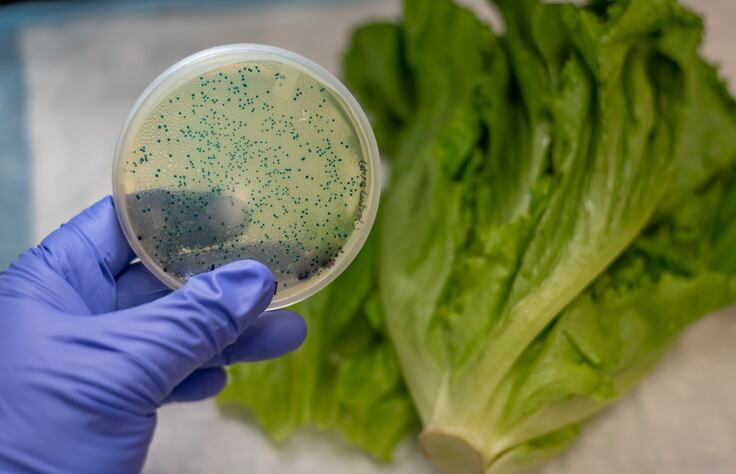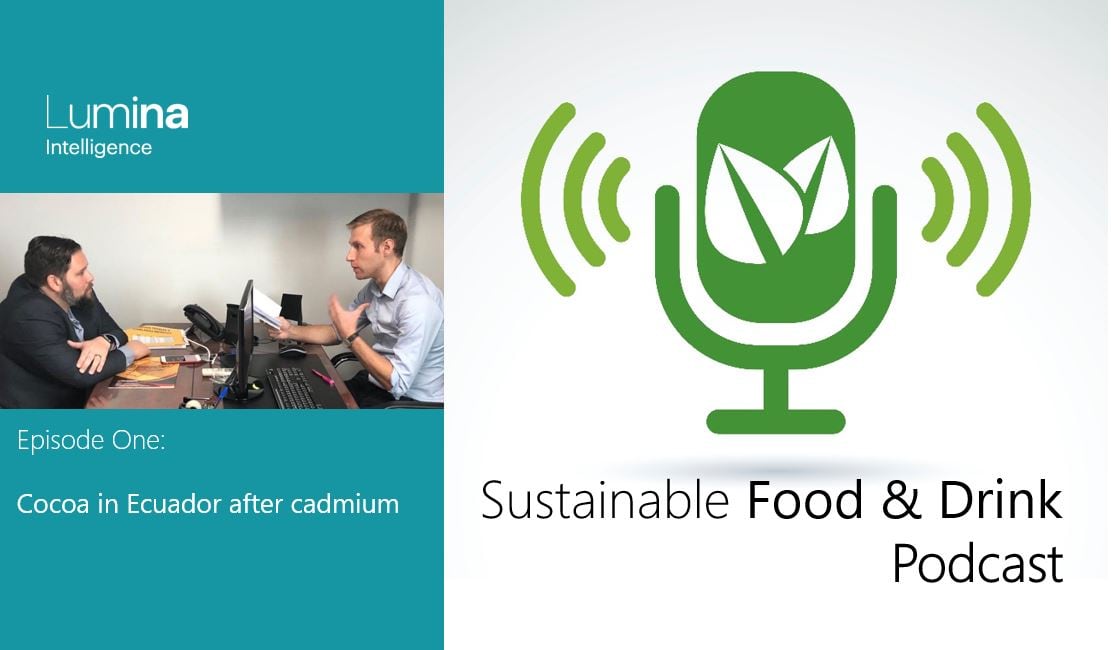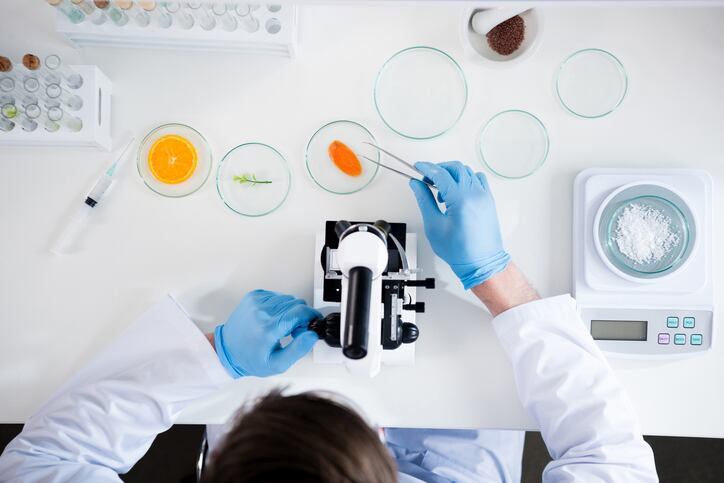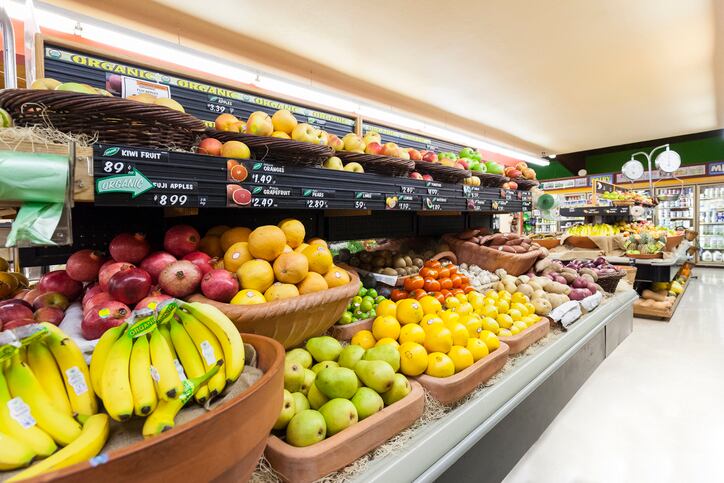The biotechnology researchers at the National University of Colombia (UN) in Medellín extracted proteins from the biomass of a microalga known as Nannochloropsis sp.
To test the antimicrobial properties of the microalga extract, they added it in various concentrations to wines that had been [infected] with the bacteria, Staphylococcus aureus (S. aureus) and Escherichia coli (E. Coli), and the yeast Candida albicans.
The extract inhibited the growth of the bacteria and fungus at 93.14%, 96.65%, and 14.46%, respectively.
Using higher concentrations of the extract could achieve greater antimicrobial potential for the yeast Candida albicans, said lead researcher Lucía Verdugo González.
“These findings [mean] Nannochloropsis sp. is a microalga with great potential to obtain bioactive peptides with antimicrobial activity, which could be promising in the face of the growing problem of resistance to antibiotics that present bacteria and fungi in the world today,” said Verdugo.
E. coli is a bacteria that is commonly found in the lower intestine. Most E.coli strains are harmless, but some can cause serious food poisoning and in some cases can be fatal.
Primary sources of E. coli contamination are raw or undercooked ground meat products, raw milk, and fecal contamination of vegetables.
S. aureus has the ability to make seven different toxins that are frequently responsible for food poisoning. The most common way for food to be contaminated is through contact with food workers who carry the bacteria or through contaminated milk and cheeses.
Sources: World Health Organization (WHO), US Center for Disease Control and Prevention (CDC).
Nannochloropsis sp. is common in both saline and fresh water in Colombia and is widely used in the aquaculture industry due to its high nutritional value.
It is also used to produce extracts such as chlorophyll, zeaxanthin, canthaxanthin, and astaxanthin for food and nutritional supplement manufacturers and can also be used as a source of biofuel.
The researchers extracted a bioactive enzymatic hydrolysate that contained the peptides with antimicrobial properties from
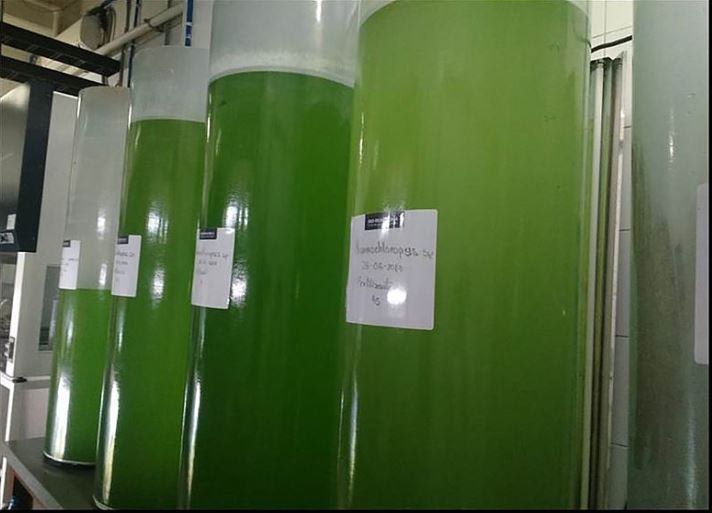
the proteins of the microalga.
After harvesting the microalga biomass, they then concentrated and dried it.
"We submitted the biomass to several cycles of homogenization at neutral pH to break that wall and allow the proteins to be released into the environment. When we had that concentrated protein extract, we hydrolyzed it with the action of two proteolytic enzymes (which break down the proteins), papain and pancreatin, also at a neutral pH [value],” said Verdugo.
The next step is to identify the specific peptides present in the extract, said Verdugo. “The idea is to use them as an [alternative] to conventional antibiotics to avoid the resistance they generate,” she added.
“Obtaining a bioactive enzymatic hydrolyzate of microalgal protein with antimicrobial potential”
Available online, April 24 2019, http://bdigital.unal.edu.co/71957/1/1152187613.2019.pdf

